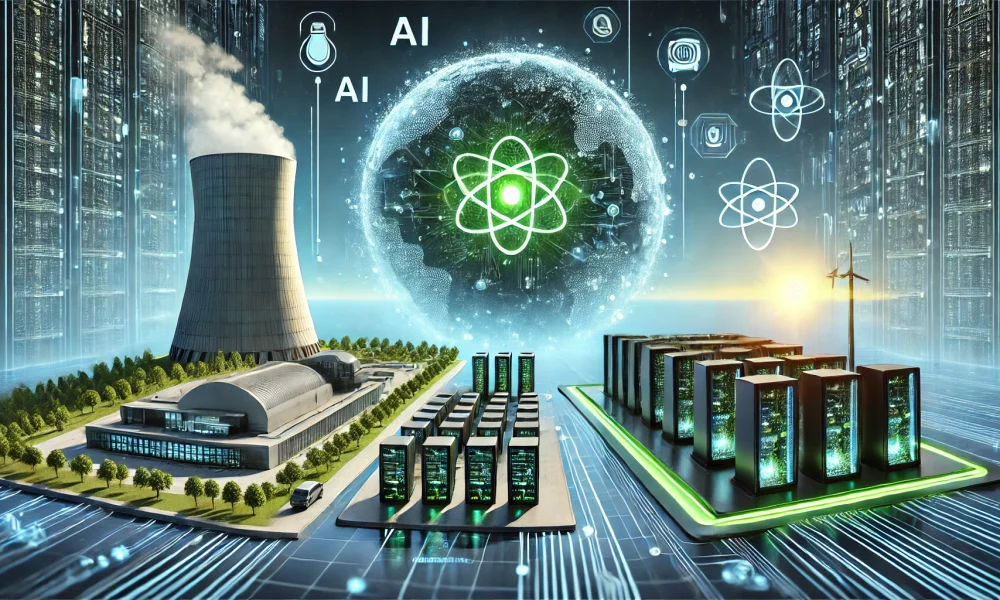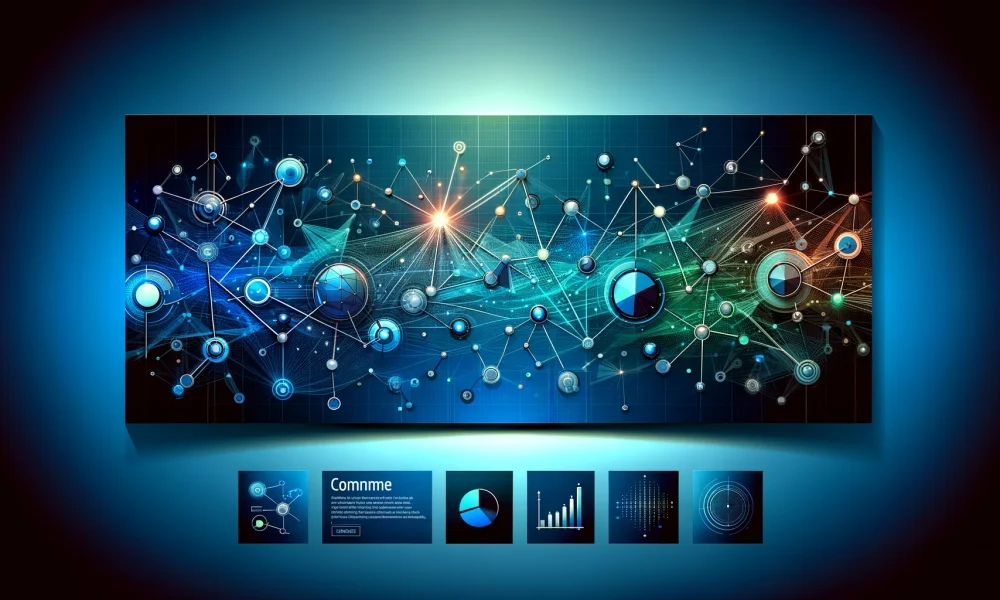Large Language Models Revolutionizing Deployment with vLLM
Serving Large Language Models: The Revolution Continues
Large Language Models (LLMs) are transforming the landscape of real-world applications, but the challenges of computational resources, latency, and cost-efficiency can be daunting. In this comprehensive guide, we delve into the world of LLM serving, focusing on vLLM (vector Language Model), a groundbreaking solution reshaping the deployment and interaction with these powerful models.
Unpacking the Complexity of LLM Serving Challenges
Before delving into solutions, let’s dissect the key challenges that make LLM serving a multifaceted task:
Unraveling Computational Resources
LLMs are known for their vast parameter counts, reaching into the billions or even hundreds of billions. For example, GPT-3 boasts 175 billion parameters, while newer models like GPT-4 are estimated to surpass this figure. The sheer size of these models translates to substantial computational requirements for inference.
For instance, a relatively modest LLM like LLaMA-13B with 13 billion parameters demands approximately 26 GB of memory just to store the model parameters, additional memory for activations, attention mechanisms, and intermediate computations, and significant GPU compute power for real-time inference.
Navigating Latency
In applications such as chatbots or real-time content generation, low latency is paramount for a seamless user experience. However, the complexity of LLMs can lead to extended processing times, especially for longer sequences.
Imagine a customer service chatbot powered by an LLM. If each response takes several seconds to generate, the conversation may feel unnatural and frustrating for users.
Tackling Cost
The hardware necessary to run LLMs at scale can be exceedingly expensive. High-end GPUs or TPUs are often essential, and the energy consumption of these systems is substantial.
For example, running a cluster of NVIDIA A100 GPUs, commonly used for LLM inference, can rack up thousands of dollars per day in cloud computing fees.
Traditional Strategies for LLM Serving
Before we explore advanced solutions, let’s briefly review some conventional approaches to serving LLMs:
Simple Deployment with Hugging Face Transformers
The Hugging Face Transformers library offers a simple method for deploying LLMs, but it lacks optimization for high-throughput serving.
While this approach is functional, it may not be suitable for high-traffic applications due to its inefficient resource utilization and lack of serving optimizations.
Using TorchServe or Similar Frameworks
Frameworks like TorchServe deliver more robust serving capabilities, including load balancing and model versioning. However, they do not address the specific challenges of LLM serving, such as efficient memory management for large models.
vLLM: Redefining LLM Serving Architecture
Developed by researchers at UC Berkeley, vLLM represents a significant advancement in LLM serving technology. Let’s delve into its key features and innovations:
PagedAttention: The Core of vLLM
At the core of vLLM lies PagedAttention, a pioneering attention algorithm inspired by virtual memory management in operating systems. This innovative algorithm works by partitioning the Key-Value (KV) Cache into fixed-size blocks, allowing for non-contiguous storage in memory, on-demand allocation of blocks only when needed, and efficient sharing of blocks among multiple sequences. This approach dramatically reduces memory fragmentation and enables much more efficient GPU memory usage.
Continuous Batching
vLLM implements continuous batching, dynamically processing requests as they arrive rather than waiting to form fixed-size batches. This results in lower latency and higher throughput, improving the overall performance of the system.
Efficient Parallel Sampling
For applications requiring multiple output samples per prompt, such as creative writing assistants, vLLM’s memory sharing capabilities shine. It can generate multiple outputs while reusing the KV cache for shared prefixes, enhancing efficiency and performance.
Benchmarking vLLM Performance
To gauge the impact of vLLM, let’s examine some performance comparisons:
Throughput Comparison: vLLM outperforms other serving solutions by up to 24x compared to Hugging Face Transformers and 2.2x to 3.5x compared to Hugging Face Text Generation Inference (TGI).
Memory Efficiency: PagedAttention in vLLM results in near-optimal memory usage, with only about 4% memory waste compared to 60-80% in traditional systems. This efficiency allows for serving larger models or handling more concurrent requests with the same hardware.
Embracing vLLM: A New Frontier in LLM Deployment
Serving Large Language Models efficiently is a complex yet vital endeavor in the AI era. vLLM, with its groundbreaking PagedAttention algorithm and optimized implementation, represents a significant leap in making LLM deployment more accessible and cost-effective. By enhancing throughput, reducing memory waste, and enabling flexible serving options, vLLM paves the way for integrating powerful language models into diverse applications. Whether you’re developing a chatbot, content generation system, or any NLP-powered application, leveraging tools like vLLM will be pivotal to success.
In Conclusion
Serving Large Language Models is a challenging but essential task in the era of advanced AI applications. With vLLM leading the charge with its innovative algorithms and optimized implementations, the future of LLM deployment looks brighter and more efficient than ever. By prioritizing throughput, memory efficiency, and flexibility in serving options, vLLM opens up new horizons for integrating powerful language models into a wide array of applications, promising a transformative impact in the field of artificial intelligence and natural language processing.
-
What is vLLM PagedAttention?
vLLM PagedAttention is a new optimization method for large language models (LLMs) that improves efficiency by dynamically managing memory access during inference.
-
How does vLLM PagedAttention improve AI serving?
vLLM PagedAttention reduces the amount of memory required for inference, leading to faster and more efficient AI serving. By optimizing memory access patterns, it minimizes overhead and improves performance.
-
What benefits can vLLM PagedAttention bring to AI deployment?
vLLM PagedAttention can help reduce resource usage, lower latency, and improve scalability for AI deployment. It allows for more efficient utilization of hardware resources, ultimately leading to cost savings and better performance.
-
Can vLLM PagedAttention be applied to any type of large language model?
Yes, vLLM PagedAttention is a versatile optimization method that can be applied to various types of large language models, such as transformer-based models. It can help improve the efficiency of AI serving across different model architectures.
- What is the future outlook for efficient AI serving with vLLM PagedAttention?
The future of efficient AI serving looks promising with the continued development and adoption of optimizations like vLLM PagedAttention. As the demand for AI applications grows, technologies that improve performance and scalability will be essential for meeting the needs of users and businesses alike.
Source link










